Diaphragm Seal System Elements:
Because the transport mechanism of a diaphragm seal system is the fill fluid, it is important to understand the fill fluid physical characteristics. The fill fluid oil is an incompressible fluid and a change in pressure within the process is directly translated to the transmitter-sensor.
Proper fill fluid and assembly preparation are critical to achieve a high quality filled system. Proper preparation requires removing all gases from both the fill fluid and the un-filled transmitter-seal assembly. A successful fill process prevents ambient air from entering the assembly. Air or other gases in the system are compressible fluids and cause erratic transmitter output shifts.
Each fill fluid has it own unique physical characteristics and play the largest role in total system performance. The physical characteristics include: viscosity, coefficient of thermal expansion, and specific gravity.
Fill fluid viscosity is a measure of velocity flow rate and dictates the response time of the diaphragm seal system. A temperature increase causes the fill fluid to become less viscous and yields a faster response time, while a decrease in temperature slows the response time.
Capillary inside diameter and length also impact system response time. A small inside diameter restricts the fill fluid flow causing slower response time. Capillary length relates to the time for a change in pressure to reach the transmitter-sensor.
Seal Temperature Effect Error:
The fill fluid coefficient of thermal expansion is the rate a fill fluid volume expands or contracts in response to temperature changes.
A larger coefficient of thermal expansion factor equates to higher response rate to the change. The fill fluid volume expands to an increase in temperature and contracts to a decrease in temperature.
The larger fill fluid volume within the seal system, the greater the total volume expansion or contraction. System volume is highly dependent on capillary inside diameter, capillary length, and seal cavity volume.
Because a diaphragm seal assembly is a closed system, the expanding fill fluid volume presses against the seal diaphragm. The seal diaphragm restricts the expansion causing a back-pressure on the fill fluid. The diaphragm back-pressure is highly dependent on diaphragm stiffness, or spring rate.
Diaphragm spring rate is a function of the diaphragm pattern, thickness, material modulus of elasticity, and diameter. A more flexible diaphragm with a high spring rate minimizes the back-pressure exerted on the transmitter-sensor. The variations in back-pressure exerted on the transmitter-sensor are commonly referred to as Seal Temperature Effect Error.
Head Temperature Effect Error:
The fill fluid specific gravity is the ratio of the fill fluid density compared to the density of water. As temperature changes, the specific gravity of the fill fluid changes; an increase in temperature lowers the specific gravity while a decrease in temperature increases the specific gravity. The seal elevation exerts
pressure on the differential pressure transmitter-sensor and is referred to as Head Pressure. The fill fluid specific gravity, combined with seal elevation, are the primary variables required to determine the head pressure (Head Pressure = Specific Gravity x Height).
The initial head pressure can be calculated and is zeroed out of the differential pressure system during calibration and commissioning.
However, variations in temperature cause changes in fill fluid specific gravity and subsequent variations in head pressure from original commissioning. These variations in head pressure are commonly referred to as Head Temperature Effect Error.
Harnessing System Elements:
Traditional systems apply equivalent seals and capillary lengths to either side of the differential pressure transmitter-sensor, this creates identical (or nearly identical) pressure changes due to seal temperature effect error.
Because the pressure changes are equal, and on opposite sides of the transmitter-sensor, the net seal temperature effect error is cancelled. Therefore, the net error is completely a function of the head temperature effect error.
The symmetric design was considered to deliver the best total system performance. However, traditional symmetric configurations ignore the largest source of error; head temperature effect error does not realize the opportunity to reduce total system error. Tuned-Systems harness the physical characteristics of the fill fluid, and the mechanical design features of the diaphragm seal system to deliver best total system performance.
Both head and seal temperature effect errors occur simultaneously within the system in response to temperature changes. The differential transmitter-sensor cannot differentiate the error type.
Therefore, the Total System Error is the sum of the seal temperature effect plus the head temperature error, and represents the error transmitted to the differential pressure transmitter-sensor. It can be concluded that differential pressure diaphragm seals must be viewed as a system to effectively compensate for total system errors induced by temperature changes.
Consider a Tuned-System that eliminates excess high-pressure capillary, and experiences an increase in temperature from original zero. The head temperature error causes a net positive error and is identical in magnitude to a symmetrical system installation, under the same temperature variation conditions.
However, the Tuned-System seal temperature effect errors yield a net negative error. The fill fluid volume on the high-pressure side of the system has less volume compared to the low- pressure side of the system.
Therefore, the volumetric displacement, and resulting diaphragm back-pressure, is dominated by the low pressure side, thus proving total system error for Tuned-Systems is less than traditional systems.
Minimizing Total System Errors:
Total system errors can be compensated, and in some cases eliminated. Minimizing total system errors requires creating seal temperature effect errors that are equal, and opposite in magnitude to head temperature effect errors.
In addition to reducing high-pressure capillary fill fluid volume, the following can be varied for additional performance improvements; decrease high-pressure diaphragm stiffness, increase low-pressure fill fluid volume, increase fill fluid expansion coefficient, and/or increase low-pressure diaphragm stiffness.
Due to the number of variables, achieving a fully compensated differential pressure seal system requires an automated software tool easily calculate numerous potential compensated seal systems for any given application condition.
Conclusion:
Temperature-induced errors are inherent to differential pressure diaphragm seal systems. The errors are caused primarily by the fill fluid physical characteristics responding to a change in temperature. Total system error is also a function of the distance between vessel process connections and the mechanical design of the diaphragm seal system. Total system error is uncompensated in traditional symmetrical system configurations.
Article Source : Rosemount
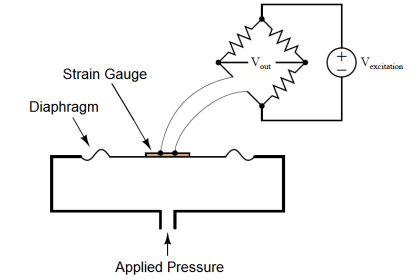
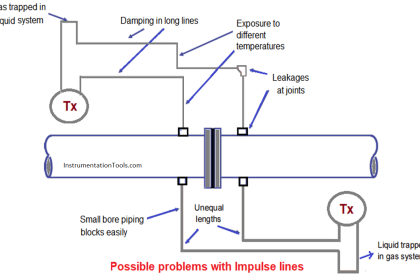
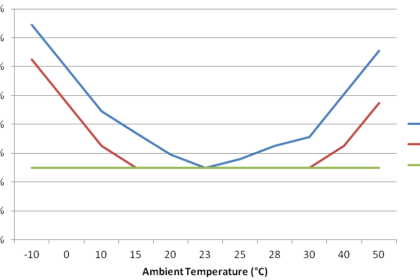
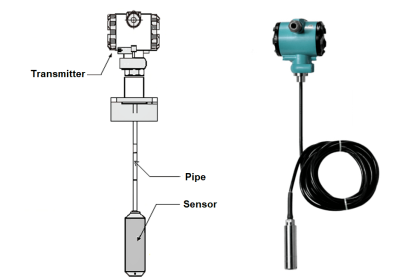
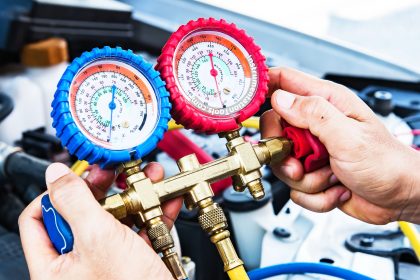
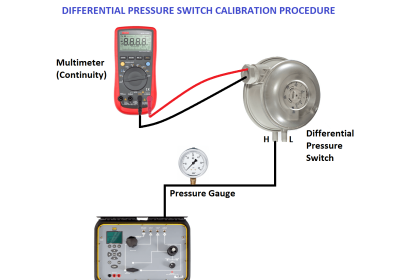
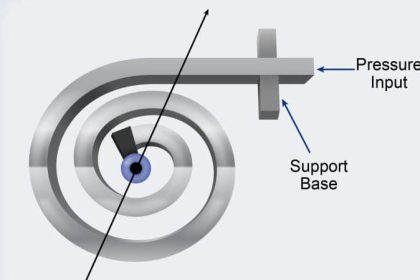
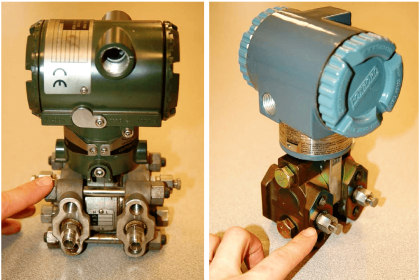

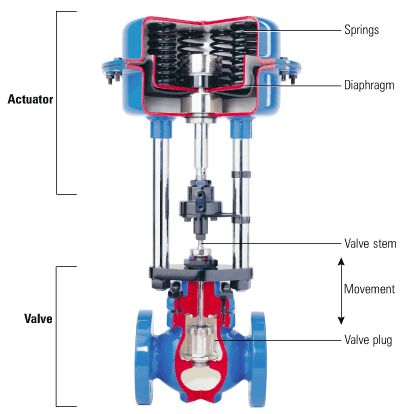
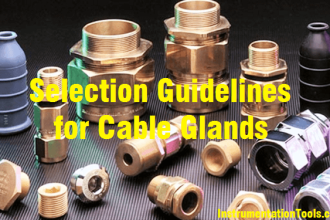


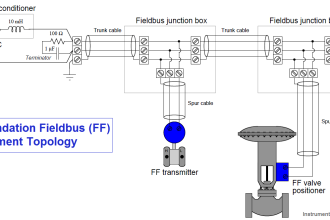

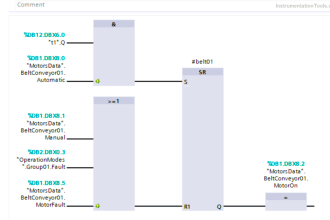

HI, What i have to do when try to copy some content from this site? (cant select any word from site)
Download Option will be provided soon. Thanks
HI, WHAT IS THE PRESSURE RATING FOR DIAPHRAGM SEAL INSTRUMENTS?
FOR EXAMPLE WITH A VESSEL RATING OF 150#? CAN WE CONSIDER 150#??